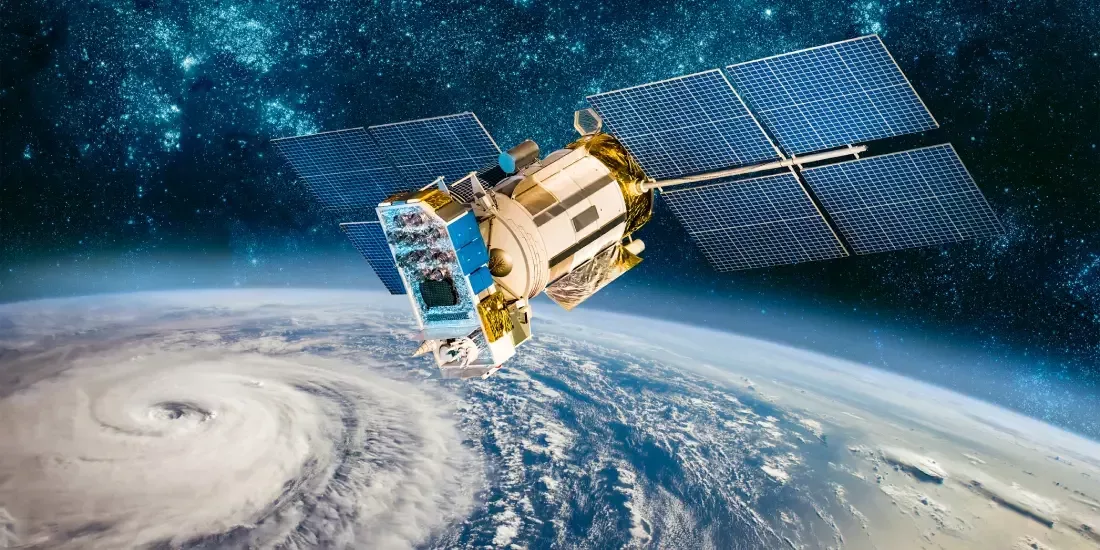Mapping Methane Leaks from Space

Following the unprecedented wording that was agreed at COP28, the UAE Consensus aims to reduce global emissions. At the same time, 40% of global oil production has committed to zero methane emissions by 2030, and net zero by 2050. In this same vein, methane leaks are going to be tracked from space.
The Space Programme
A partnership between Google, the Environmental Defense Fund, Harvard University and the New Zealand Space Agency is looking to understand where the biggest sources of methane leaks originate. Thanks to the advancements of AI technology and location software, the joint venture will be able to pinpoint the plants where the gas is escaping.
The Satellite
Known as the MethaneSAT, the satellite will be launched into space in March. It is designed to take pictures of the Earth, while an algorithm will then reveal where the methane leaks are taking place. Because it will feed back to Google Maps, the location of any tanks, pipelines and mines can be pinpointed to give a better understanding of methane leaks.
“That should help us better understand what kinds of installations contribute most to methane leaks.”
Yael Maguire – Google Geo Sustainability
Multiple Contributions
Despite the massive contributions that the tech giant Google can provide, this isn’t a solo project. The data collected by the satellite will be available online for free, so openness and accountability are incredibly important to all parties involved.
Some of the partners include:
Ball Aerospace
Harvard School of Engineering and Applied Sciences
Blue Canyon Technologies
IO Aerospace
SpaceX
Why Methane Is Important
As another greenhouse gas, methane is emitted from a variety of natural and man-made sources. It’s been described as being over 80 times more powerful at warming the planet than carbon dioxide. Although carbon emissions are still important for long-term warming, methane has a much more immediate effect.
The largest sources of methane are agriculture, the use of fossil fuels, and landfill decomposition. A massive 60% of methane emissions have been attributed to human activities, so curbing these emissions wherever possible is a high priority.
Even though agriculture is high on the list, the space mission will mainly be used for oil and gas facilities. It’s hoped that the more evidence there is against specific sites, the more operators of oil and gas facilities will be held accountable for plugging their methane leaks. This will benefit everyone, as well as the environment, by bringing down surplus emissions of the gas.
How You Can Help
There are a number of different things you can do to help curb methane emissions.
Food Waste
To start with, segregating food waste by using food collection bins is one of the best things you can do. When waste food material ends up in landfill, air cannot get to it to break it down, which causes a buildup of methane.
If your council or property isn’t provided with a food waste collection service, you can use various apps, like ShareWaste, to see if there are any local drop-off points. As an additional benefit, no food waste in your bin will keep the bad smells away.
Solar Panels
It may sound a bit convoluted, but installing solar panels helps reduce gas production, which then limits how much methane is produced as a by-product. As not all electricity is generated using renewable means, operating your home using a natural resource will provide clean energy that doesn’t contribute towards emissions.
Find out how much you’d pay for solar panels by clicking on the button below.
